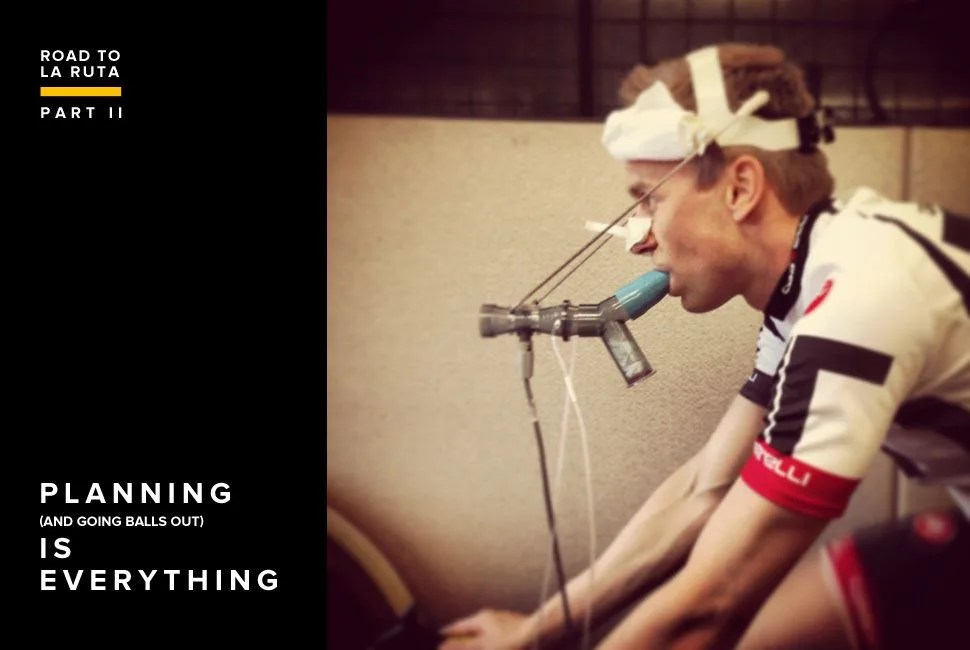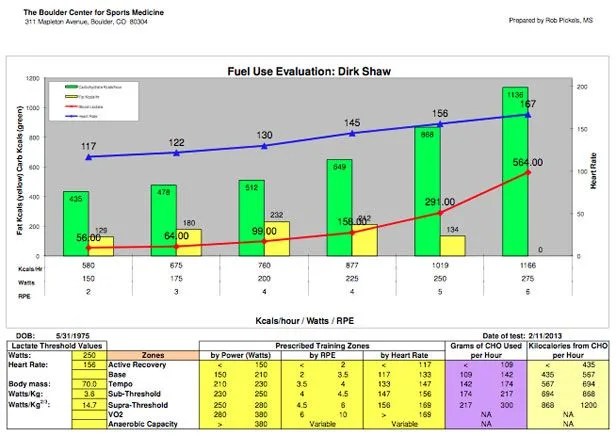Editor’s Note: This is the second part of an eight-part original GP series, The Road to La Ruta, in which contributor Dirk Shaw chronicles his training for the Fool’s Gold 100 and La Ruta de Los Conquistadores — one of the toughest mountain bike races in the world. Check back throughout the summer to watch the story unfold.
The Road to La Ruta: Part 2
I am a binary person. 1 = balls out, and 0 = no interest. So once I decided to start competing, I consumed every training book I could get my hands on. If total immersion works when I need to understand a client’s brand strategy, then why not go deep and steep myself in every possible theory on training, workouts and mental preparation for endurance competition? I researched and downloaded and read and re-read all the wisdom of many who have tried and some who have succeeded. When I came up for air, what really stuck with me was one simple fact: to be a successful endurance athlete, you need to plan for next year — today.

Road to La Ruta is a series of dispatches, essays and features captures the intense journey of a cyclist as he trains for a mountain biking race across Costa Rica and what many consider one of the toughest in the world: La Ruta de Los Conquistadores. Read the series »
Coach Jared
If you’ve kept up with my journey, you know I recently moved across the country, from Colorado to Georgia, making it even more challenging to keep a hard-charging, regular training routine. Clearly, I needed a little extra incentive to stay fit, and committing to some of the toughest mountain bike endurance races in the world seemed like just the right inspiration. It would help to have a good coach.
Back in Colorado, I was fortunate to meet Jared Berg, a training coach whose approach to endurance training is both realistic and demanding when it counts. He keeps time in the saddle to anywhere from 8-10 hours per week on average, with spikes up to 14-16 hours during final preparation. One important consideration in his approach — besides understanding that we also have other responsibilities in our lives — is that recent studies show ultra endurance training has a reverse effect on the heart. This means instead of having a healthy heart from working out, stress can actually cause scarring, which leads to a number of other complications. Kind of a bummer that exercise can actually be bad for you. (The Mayo Clinic has detailed the potential risk in a report, “Potential Adverse Cardiovascular Effects From Excessive Endurance Exercise“.) The debate is by no means open and shut, though. Dr. Larry Creswell, a cardiac surgeon and regular contributor to Endurance Corner says “There just isn’t enough information available to dissuade me (or to make me give recommendations to other endurance athletes) to stop exercising”. For now, I will accept the risk and continue to pay attention to the research.

